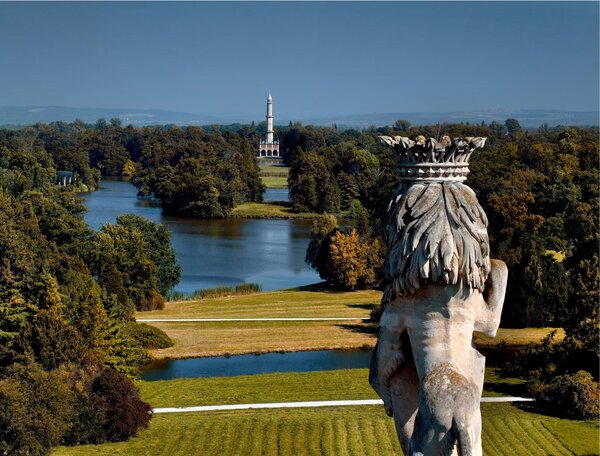Garden heritage sites
Gardens and parks, surrounding many chateaus or being part of historic towns, were considered top artworks until the end of the 19th century. These architectural compositions were created in accordance with aesthetic views, lifestyles, philosophical approaches, and garden culture of their era.

The most valuable gardens and parks are now protected as cultural assets; others lack protection but still can provide valuable insight into historic and social development, lifestyle and garden culture of the past.
Unlike buildings or pictures, garden sites are naturally prone to changes – plants and other natural elements change their features depending on seasons, and develop and grow over time. Living, developing and dying organisms are important part of their structure, and must be constantly replaced.
Methodological center of garden culture in Kroměříž
The top-quality garden heritage care is provided by a specialized workplace of the National Heritage Institute – Methodological center of garden culture in Kroměříž. Its expert staff is always ready to lend a helping hand to heritage care professionals, and owners or managers of government-owned and private sites.

Care of historic gardens and parks
It requires specific knowledge and experiences from various subjects. Each center of the National Heritage Institute employs at least one expert specialized in this type of heritage sites. His responsibility is to know general rules and maintenance and restoration of garden sites, and to identify and assess their values and cultural/historical importance (i.e. historic development and intentions of the authors). Based on these findings, the specialist can identify the most valuable parts of the site that should be protected, and decides on the way of care (maintenance priorities and procedures).
Specific rules of maintenance, conservation, restoration and restitution of garden sites are outlined in the Florence Chart, confirmed by ICOMOS in 1981. This international treaty defines historical gardens and parks as heritage sites, and follows up on the Venice Chart from 1964 that defined the conservation and restoration rules of heritage sites in general.